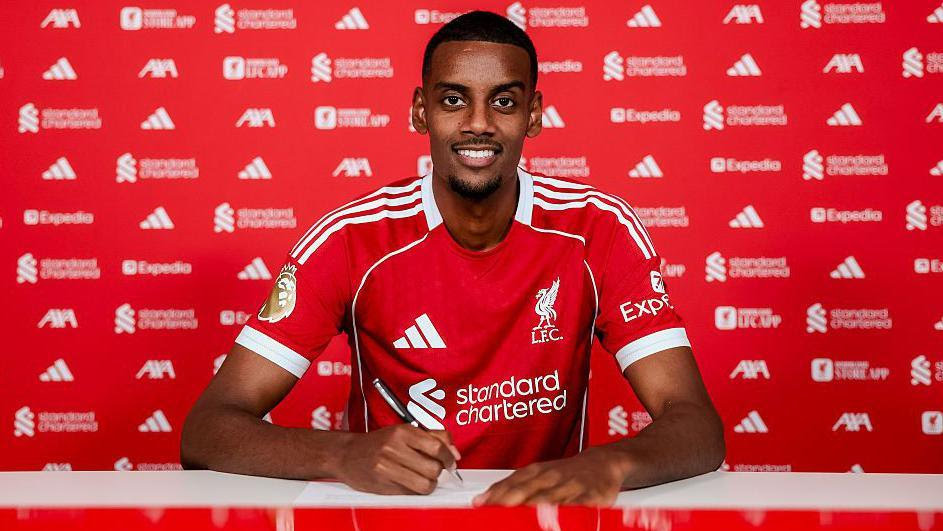The 2025 summer transfer window was unprecedented, blowing the spending playbook, and reverberating throughout global soccer. Transfers made the news, transfers were in the news, and clubs put budgets to work like never before. Here’s how the priciest transfers of 2025 stacked up, and why they’re significant.
Liverpool’s £3 Billion Spending Blitz and British Transfer Records
The Premier League was at the epicenter of this spending, with the near mind-numbing total reaching £3 billion by the end of the window. But the main attraction was without question Alexander Isak’s transfer to Liverpool, for between £125-130 million, which would make him the most expensive player in Premier League history.
Liverpool were not finished. They also brought in Florian Wirtz from Bayer Leverkusen for around £116 million, a Bundesliga record and one of the most expensive transfers in football history. They weren’t done hobutith their masterclass of audacious signings as they also brought in Hugo Ekitiké at a cost of £69-79 million and a number of other solid reinforcements.
Top 10 Biggest Deals of 2025 Summer
Below are the mind-blowing deals of 2025 summer:
Alexander Isak (Newcastle to Liverpool) – £125M
Florian Wirtz (Leverkusen → Liverpool) – £116M
Hugo Ekitiké (Frankfurt → Liverpool) – £79M
Benjamin Sesko – Leipzig → Manchester United – £73M
Bryan Mbeumo (Brentford to Man Utd) – as much as £71M
Victor Osimhen (Napoli to Galatasaray) – £64.8M
Nick Woltemade (Stuttgart → Newcastle) – £69M max
Man Utd Matheus Cunha (Wolves Man Utd) – £62.5M
Luis Díaz (Liverpool → Bayern Munich) – £65.5M
Eberechi Eze (Palace → Arsenal) – £67.5M
Other huge transfers are Victor Osimhen to Galatasaray for €75 million, a Turkish record, and promoted Sunderland’s €165 million spending spree. one of the bravest retreats into the top flight.
Premier League’s Most Valuable XI
In fact one football website compiled a ‘Most Expensive Premier League XI’ that had a total value of £663.4 million and Liverpool contributed half of that as they had signed most of those players for multi-millions. The magnitude was historic and just mind blowing.
Why Clubs Broke the Bank This Window
This spending spree was fueled by a number of factors including:
Caught in these windfalls from UEFA and commercial development, clubs then were able to flex serious financial muscle.
Players like Isak & Wirtz were game breakers, providing instant performance and sponsorship hype both on and off the pitch.
The need to rebuild quickly, in order to remain competitive, meant no longer having a slow summer for teams to re-build.
Clubs like Sunderland who were promoted chose to survive and thrive through aggressive investment.
Record-Breaking Transfers That Defined 2025
1. Alexander Isak to Liverpool – Premier League record fee, club assessment B- in spite of striker standards.
2. Florian Wirtz – Blockbuster fee and new Bundesliga record, generational talent for the long term in midfield.
3. Esprit to Shape Clubs’ Destiny – The Transfers of Eze and Sesko bolstered Arsenal and United’s creativity in midfield and attacking prowess.
The Ripple Effects of Sky-High Transfers
Clubs established new market references – , young elite players are now around £100 million.
There is pressure on players to make an instant impact as that is what is expected from the fans.
Smaller clubs could face unimpeded talent pipelines due inflated valuations.
Wage budgets and rules will be highly visible in order to accomplish financial equity.
Final Thoughts
But beyond finances the 2025 summer transfer window became a larger statement of intent. A combination of financial firepower, tactical foresight, and media spectacle that was bold. Only time will tell how these moves have performed on the pitch, they have already made news and history.
Football is changing, and these record, most expensive transfers are the trending forms of football’s future.




